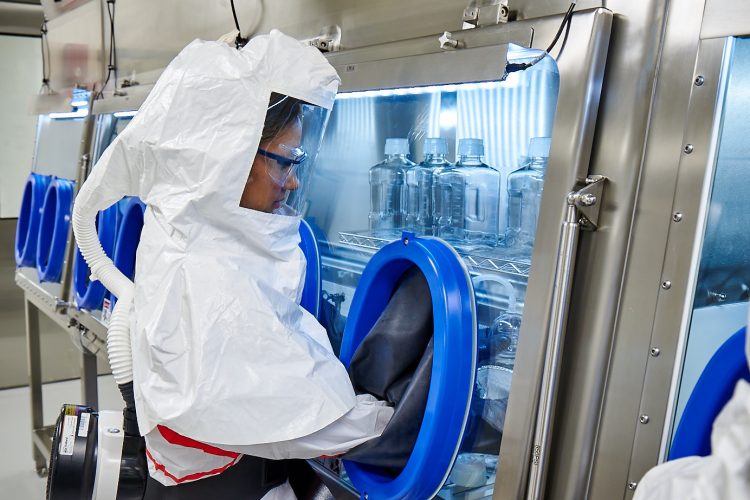$65 million expansion to HPAPI manufacturing facility
Posted: 10 September 2020 | Hannah Balfour (European Pharmaceutical Review) | No comments yet
The expansion will be specifically designed to manufacture high-potency active pharmaceutical ingredients (HPAPIs) and complex antibody-drug conjugates (ADCs).


MilliporeSigma is expanding its ADC manufacturing capabilities. ADCs are an emerging class of medicines designed for high-specificity targeting and destruction of cancer cells, while preserving healthy ones.
MilliporeSigma has announced a $65 million expansion of its HPAPI (high-potency active pharmaceutical ingredient) and antibody-drug conjugate (ADC) manufacturing capabilities and capacity at its facility near Madison in Wisconsin, US.
According to the company, the expansion will allow the large-scale manufacturing of increasingly potent compounds for use in cancer therapies. It expects the work to be complete by mid-2022.
The enterprise said the new 70,000-square-foot commercial building will be specifically designed to handle HPAPIs single-digit nanogram occupational exposure limit (OEL) materials. The facility will also incorporate containment areas to produce next-generation linker and payload materials for ADCs.
ADCs are an emerging class of medicines designed with a high-specificity for targeting and destroying cancer cells, while preserving healthy ones. While there are now only nine ADCs approved globally, the ADC industry has been growing and is expected to reach a value of $15 billion by 2030.
“ADCs have posted incredible growth over the last decade and regulatory agencies’ approval in recent years demonstrate their promise as a targeted therapy,” said Andrew Bulpin, head of Process Solutions at MilliporeSigma. “With more than 35 years of experience in this space, we have been a frontrunner in the development and manufacturing of biologics, conjugation processes and small molecules. This investment underscores our commitment to working with innovators to bring new treatments to patients quickly and more efficiently.”
Related topics
Active Pharmaceutical Ingredient (API), Biopharmaceuticals, Drug Manufacturing, Ingredients









